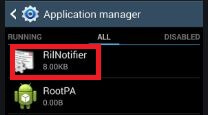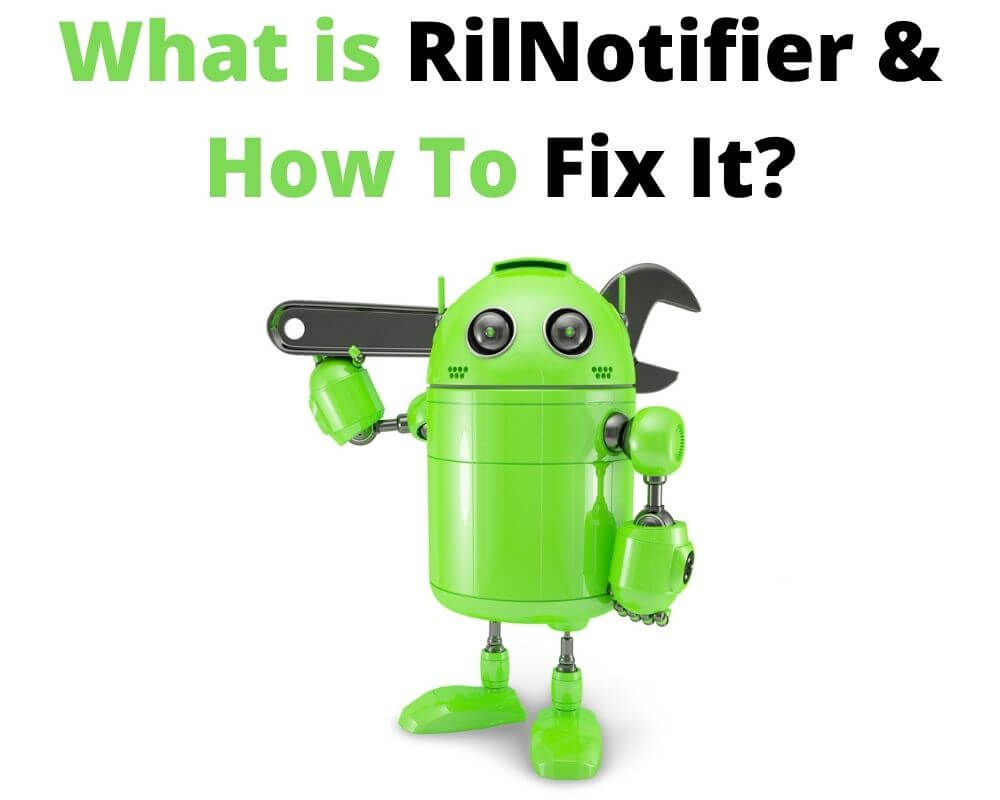You’re not looking for it — but there it is. Your phone fails to load a webpage, and instead of blaming signal or SIM, it flashes a cryptic system message: “Unable to establish a wireless data connection.” You dig a little deeper and find a background process called RilNotifier. For some users, especially on Samsung phones, it feels like a ghost app that appears only when something breaks.
And because it sounds like “notifier” and lives in the background, it sparks immediate paranoia: is this a spy app? Is someone watching my SIM? Is my phone broken?
This article clears all of that — with clear answers and advice you can trust.
What Does RilNotifier Actually Do on Your Phone?
RilNotifier is a built-in system service with the package name com.sec.app.rilerrornotifier, found on Samsung Android phones. Its job is to act as a messenger between your device’s cellular modem and the rest of Android. When your network state changes — like switching from Wi-Fi to 5G, roaming between towers, or falling back to LTE — RilNotifier alerts the system. It doesn’t control the network directly, but it keeps apps and services updated on what kind of connection is available.

The name comes from RIL, or Radio Interface Layer — a core Android component that talks to your phone’s radio hardware. Without a notifier like this, apps might assume you’re still online when you’ve already lost the signal. That can lead to failed downloads, broken messaging apps, and syncing issues.
You won’t ever “open” RilNotifier. It launches at boot and operates silently unless something goes wrong with mobile data.
Is RilNotifier Safe or a Sign of Hacking?
Yes — RilNotifier is safe. It’s signed by Samsung, included in the system partition, and has no access to your personal data. It doesn’t connect to the internet, doesn’t track your behavior, and doesn’t have the permissions needed to monitor anything sensitive.
The confusion comes from its behavior. If your mobile data fails during a handoff — like when you move out of Wi-Fi range — RilNotifier might trigger a system notification that sounds like a serious warning. That message is real, but the app isn’t malicious. It’s just reporting a failed network event.
Some users find it listed in log files, battery monitors, or antivirus scans and assume the worst. But the presence of the app alone isn’t a threat — it’s a normal part of Android’s networking stack, especially on Samsung devices.
Can You Disable or Remove RilNotifier?
Not through regular settings. RilNotifier doesn’t appear in the app settings list unless you enable “Show system apps.” Even then, it can’t be force stopped or uninstalled the normal way.
For advanced users, it can be removed using ADB or a debloater tool like Universal Android Debloater (UAD) — but only if you know exactly what you’re doing.
Removing it may silence certain network alerts, but it can also interfere with how Android detects and communicates network changes — especially on dual SIM phones or models that rely on fallback behavior when signal is lost.
Safe Use Tip: If you’re using ADB, always remove apps using the –user 0 flag to avoid device-wide damage:
adb shell pm uninstall --user 0 com.sec.app.rilerrornotifier
This removes the app for your user profile but keeps it intact in the system partition. If anything breaks, you can restore it with:
adb shell cmd package install-existing.
When Should You Investigate RilNotifier Errors?
You don’t need to investigate RilNotifier just because it exists. But if your phone keeps throwing up errors like “Unable to establish a wireless data connection” — and nothing else seems to be broken — then this app may be involved indirectly.
On newer Samsung models, this tends to happen when the phone struggles to re-establish mobile data. It’s been reported across a range of devices, from the Galaxy S9 to more recent A-series models, particularly in regions where older Sprint or Boost configurations were once used.
If you’re seeing this issue:
- First, toggle Airplane Mode and wait a few seconds before re-enabling it.
- If the problem keeps coming back, remove and reinsert your SIM, or check if your carrier’s Preferred Roaming List (PRL) or Carrier Services app is outdated.
- These steps won’t “fix” RilNotifier — but they resolve the actual trigger that causes it to raise alarms.
Don’t bother force-stopping the app. And don’t install random “data fixer” apps. The real issue is usually with how Android’s telephony stack interprets your mobile network state.
Final Take
RilNotifier isn’t broken, dangerous, or something you need to manage. If it shows up, it means your phone failed to connect when it should have. That’s your real clue — not the app itself, but what it’s warning you about.
Most users never need to touch it. But if you keep seeing alerts, don’t waste time chasing system processes. Focus on fixing the source: your carrier config, roaming status, or SIM behavior. That’s where the real fix begins — and where most users stop looking.

